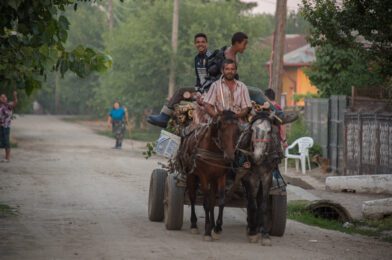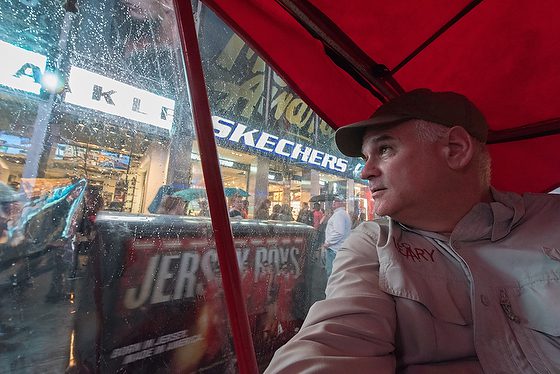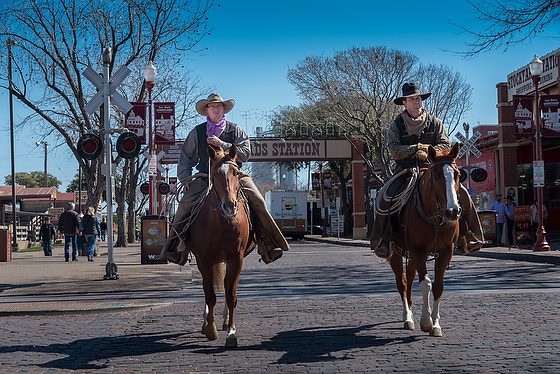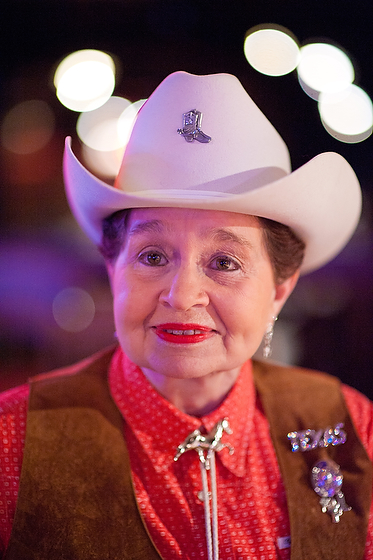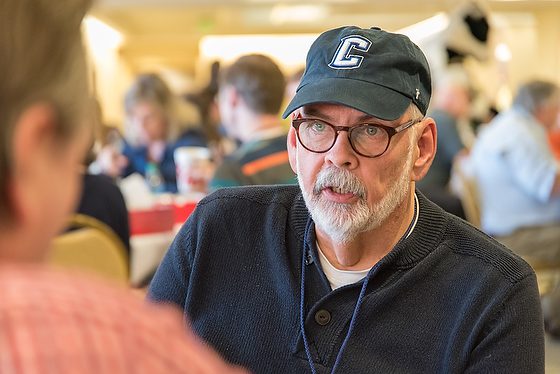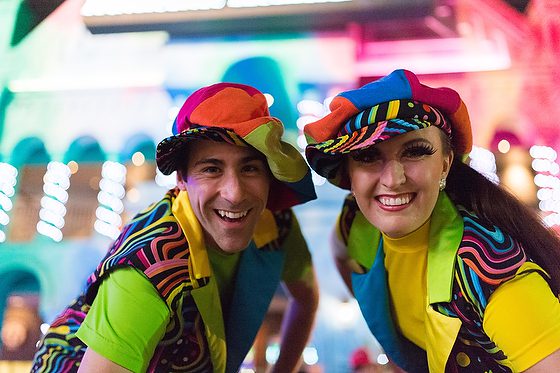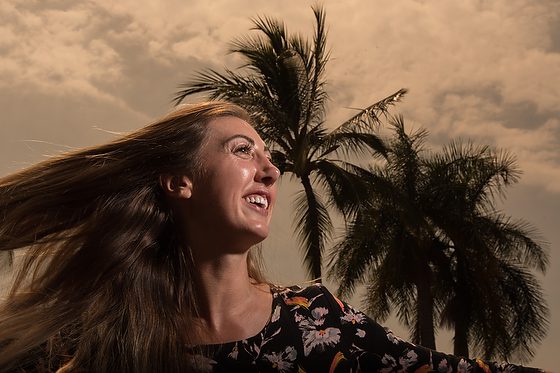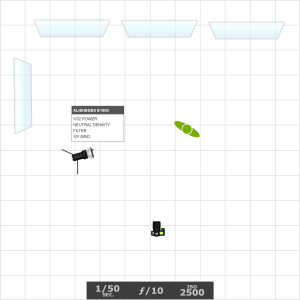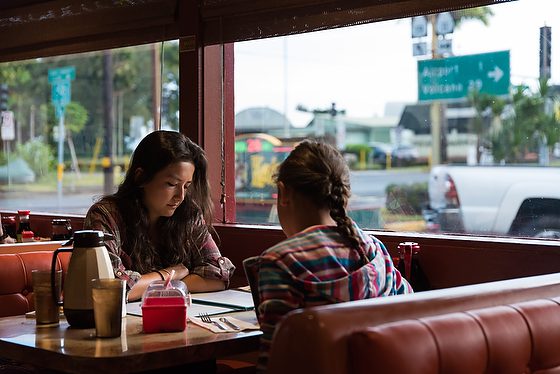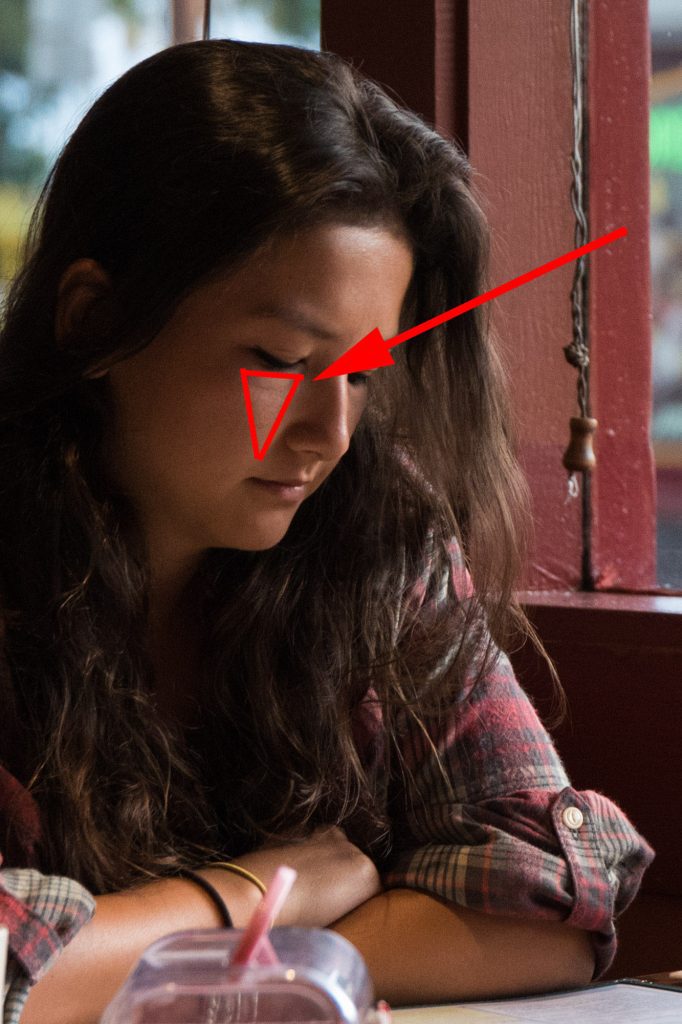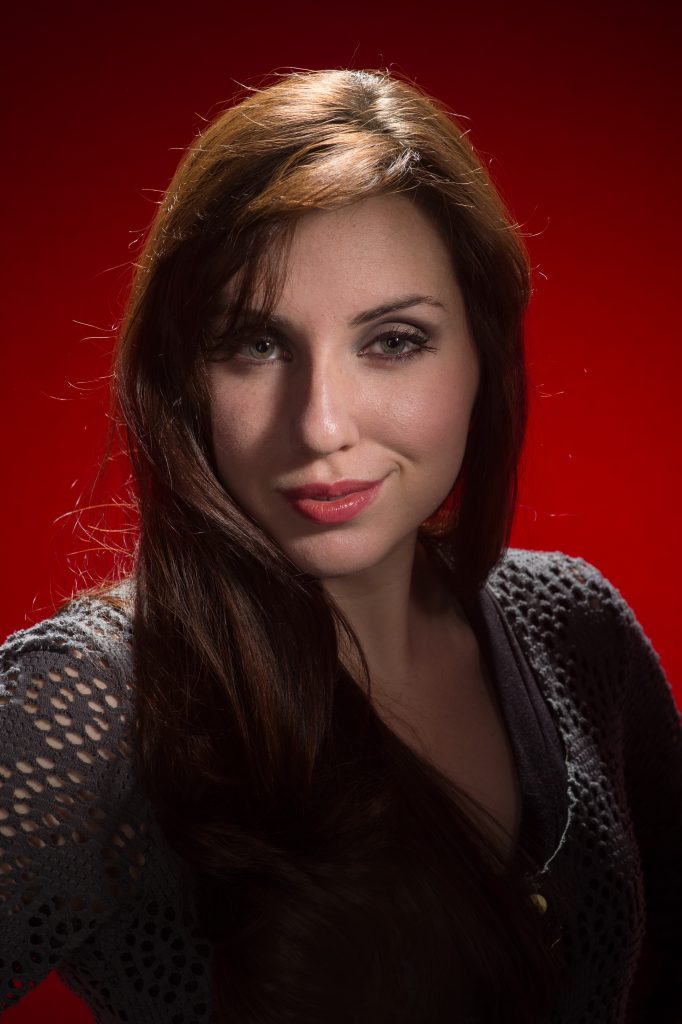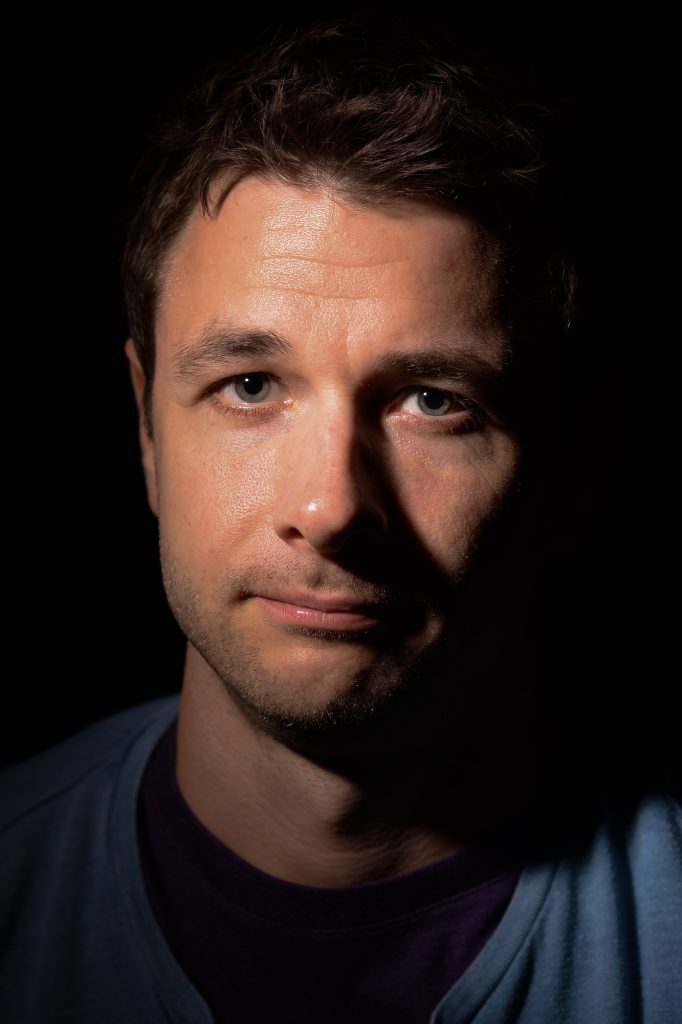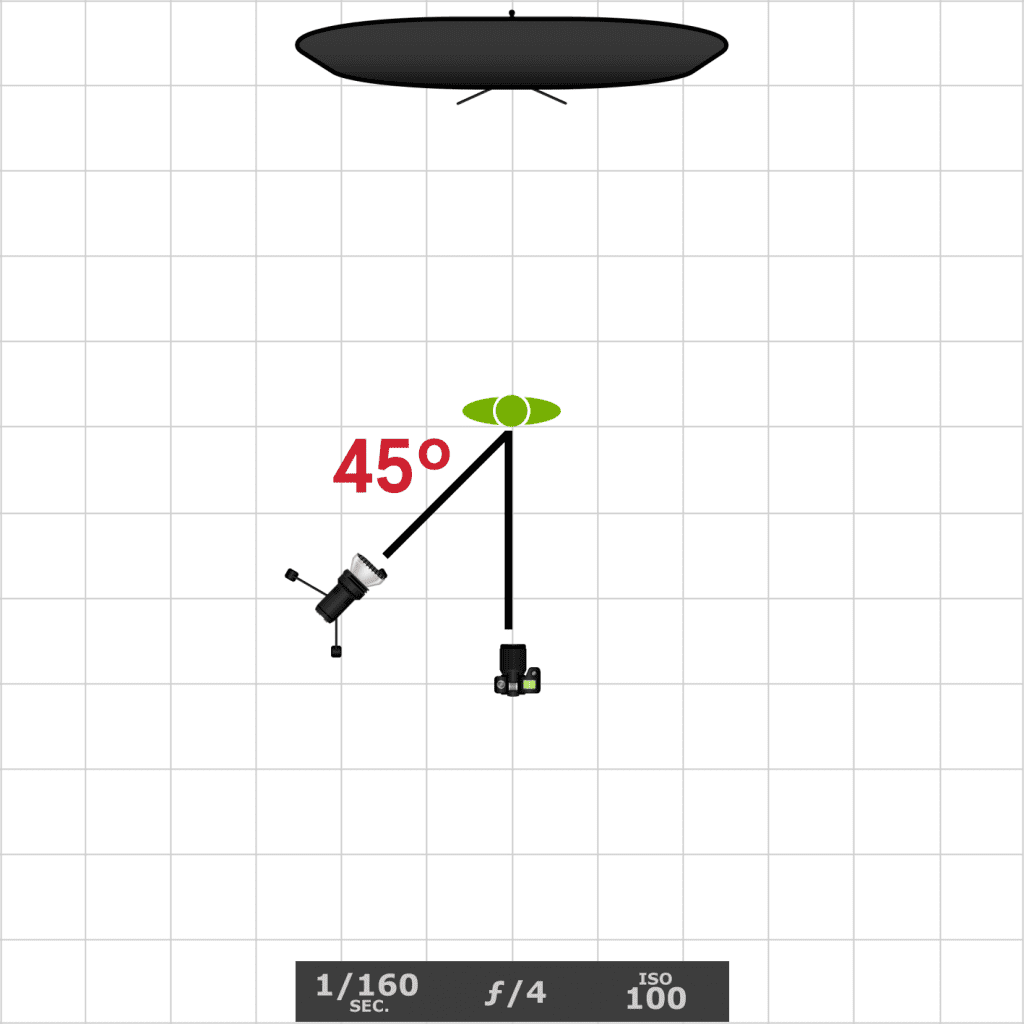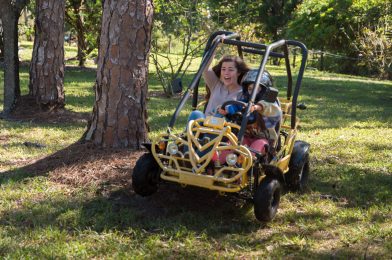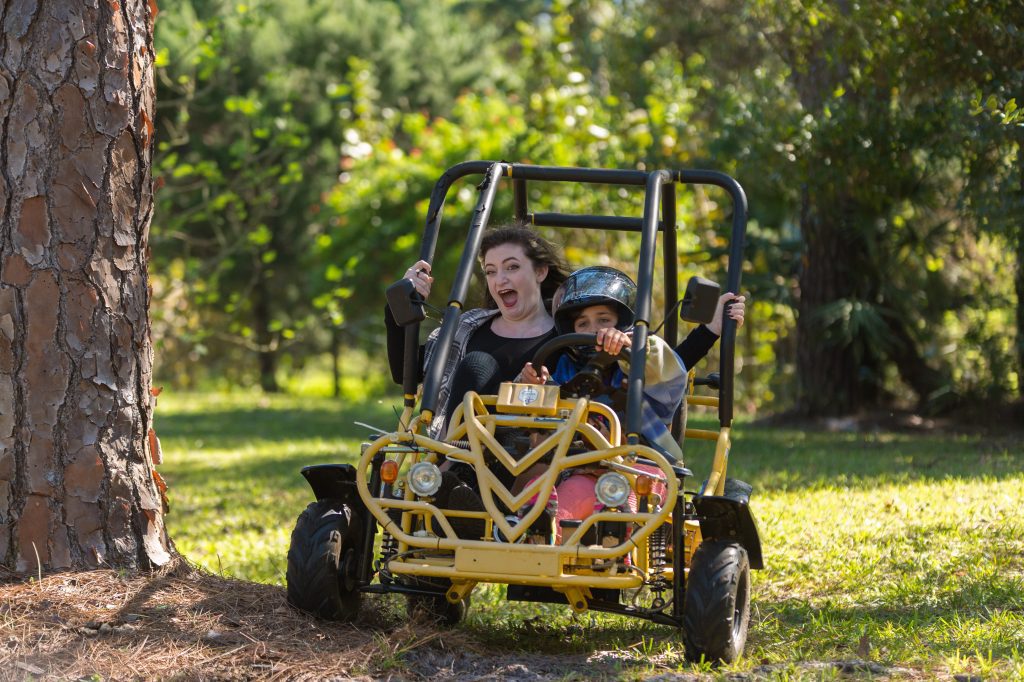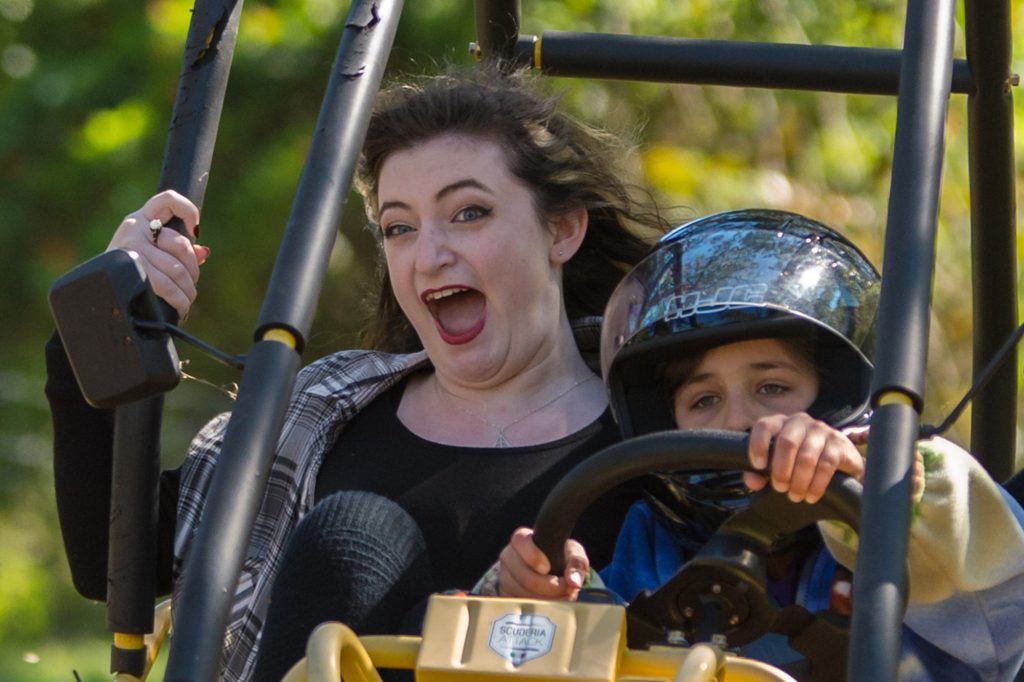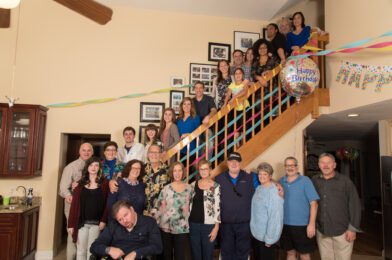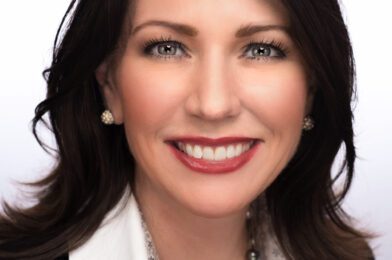| Nikon D750, AF-S NIKKOR 28-300mm f/3.5-5.6G ED VR, ISO 1400, ƒ/5.6, 1/100 |
McDonald’s
Most people don’t realize it, but McDonald’s is not a burger-flipping restaurant chain; it is one of the world’s best real estate portfolios. Franchisees flip the burgers. McDonald’s owns the best commercial property all over the world.
Well, through the years and more so lately, it has struggled. At one point, Ray Kroc said, “McDonald’s is a people business, and that smile on that counter girl’s face when she takes your order is a vital part of our image.” However, that wasn’t a consistent quote from their leader.
Another time Kroc said, “We’re not in the hamburger business. We’re in show business.” But the one I hear the most often when you are at business schools is, “We are in the real estate business, not the hamburger business.”
 |
| Nikon D3, AF-S NIKKOR 14-24mm f/2.8G ED, ISO 2000, ƒ/2.8, 1/400 |
Chick-fil-A
The founder of Chick-fil-A, Truett Cathy, said, “My business grew on my understanding that customers are always looking for somebody who is dependable and polite and will take care of them.”
Today Chick-fil-A has a corporate purpose in front of their headquarters that everyone in their company if you ask them, can pretty much quote this for memory.
To glorify God by being a faithful steward of all that is entrusted to us. To have a positive influence on all who come in contact with Chick-fil-A.
I have been in countless meetings where I continue to hear, “we have committed to take care of the people who take care of our communities.”
Dan Cathy says,
At Chick-fil-A, we are convinced that Jesus had it right in Matthew 20:26 when He said, “Those who want to become great (leaders) must be willing to become servants.” WE built our leadership competency model around the word SERVE, because we believe that great leaders…
S ee the future
E ngage and develop others
R einvent continuously
V alue results and relationships
E mbody the values
In the lobby of Chick-fil-A Support Center is this statue of Jesus washing Peter’s feet. Here you can see a tour group in the background.
 |
| Nikon D3S, AF-S NIKKOR 28-300mm f/3.5-5.6G ED VR, ISO 11400, ƒ/4.8, 1/100 |
Every manager goes through training on the SERVE model, and when they complete the training, they get a miniature replica of this statue to put on their desks and remind them of their role.
Communication Professionals
Are you in the people business, or are you defining what you do differently? I believe the core of what we do is all about people. When you ask the question of WHY it will lead you to a group of people or a person.
Many of you might think that Jesus was just a pushover and a doormat based on washing his subordinate’s feet.
If you read John 2:13-22, you will see Jesus clearing the temple with a whip.
 |
| Nikon D2X, Sigma 18-50mm f/2.8 EX, ISO 400, ƒ/2.8, 1/320 |
Humanitarian Communication
Excellent communication with an audience requires the communicator to ask, “Why should the audience care?”
The key to great humanitarian photography is tapping into people’s compassion for one another.
Compassion means “to suffer together.” Emotion researchers define it as the feeling that arises when confronting another’s suffering and feeling motivated to relieve that suffering.
Compassion is not the same as empathy or altruism, though the concepts are related. While heart generally refers to our ability to take the perspective of and feel another person’s emotions, compassion is when those feelings and thoughts include the desire to help.
Sadly today, it takes a lot to move the human spirit to get the audience’s attention on caring for those in need. Covering those worldwide who, by no fault of their own, are struggling to live and find audiences not responding can cause the heart of the communicator to break.
Summary
You can define your business as Ray Kroc or as Truett Cathy did with their models.
In 2015, McDonald’s closed down more than 700 of its restaurants.
 |
| Nikon D4, Sigma 24-105mm f/4 DG OS HSM Art Lens, ISO 3600, ƒ/8, 1/100 |
Chick-fil-A just celebrated its 2000th store opening in Springfield, IL. Here is the story. They have plans to open 95 stores this year.
You may think this is nothing compared to all the McDonald’s worldwide, but the reputations of the two chains couldn’t be further apart.
Chick-fil-A is the highest ranking fast food restaurant in the U.S. for customer satisfaction, according to the American Customer Satisfaction Index Restaurant Report 2015.
If you are in the people business, then the most important thing is customer satisfaction because sales are always there with this model.

